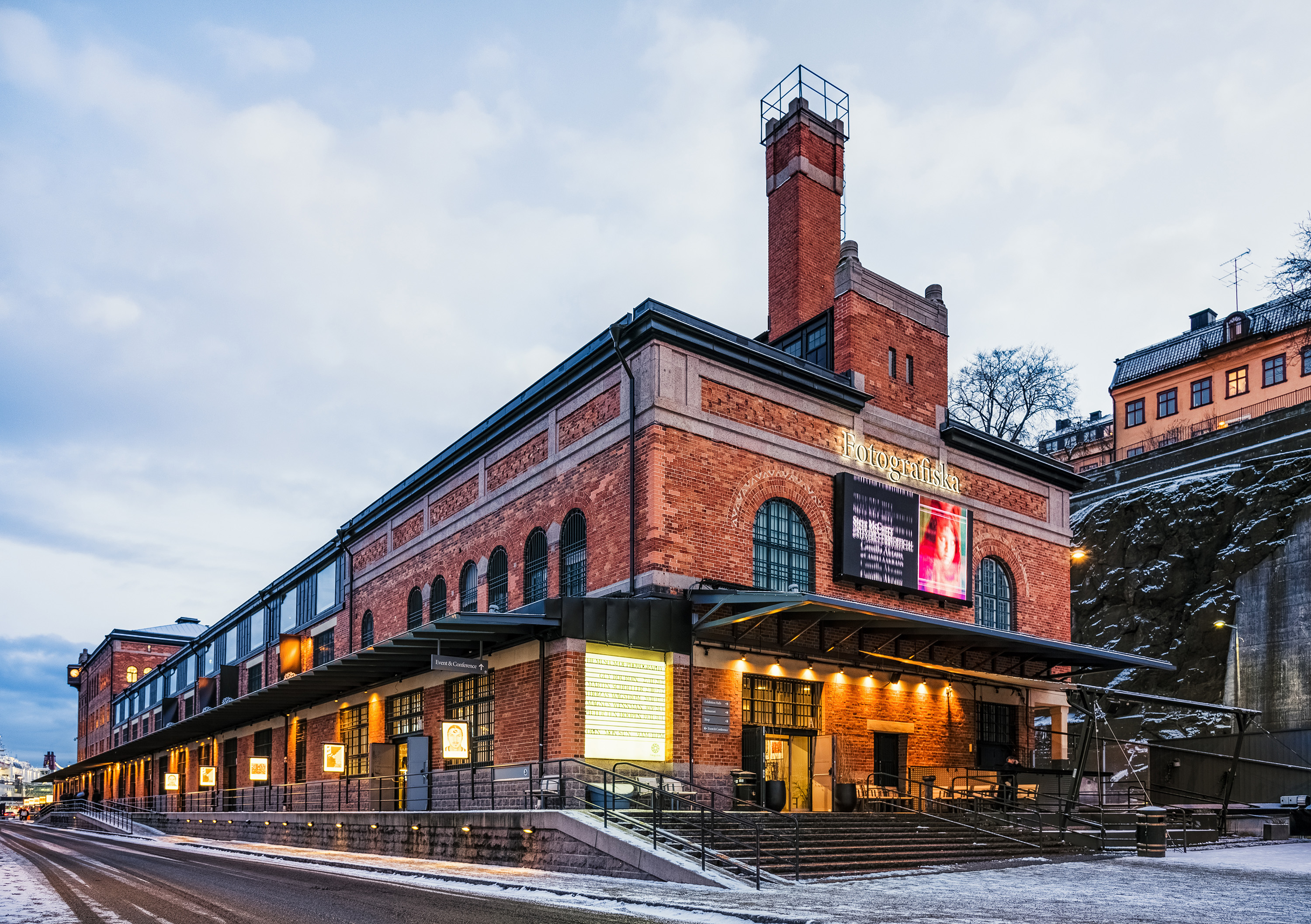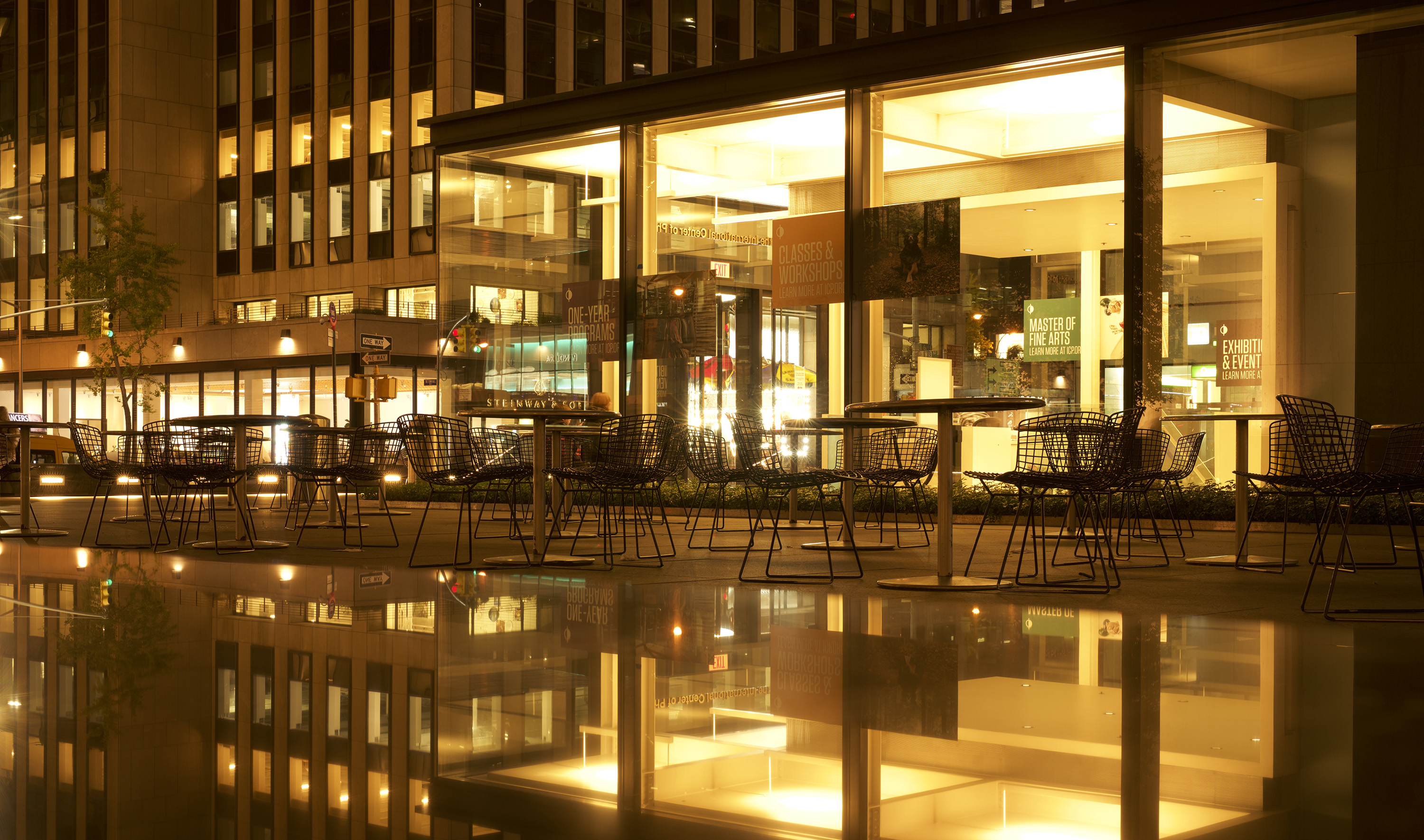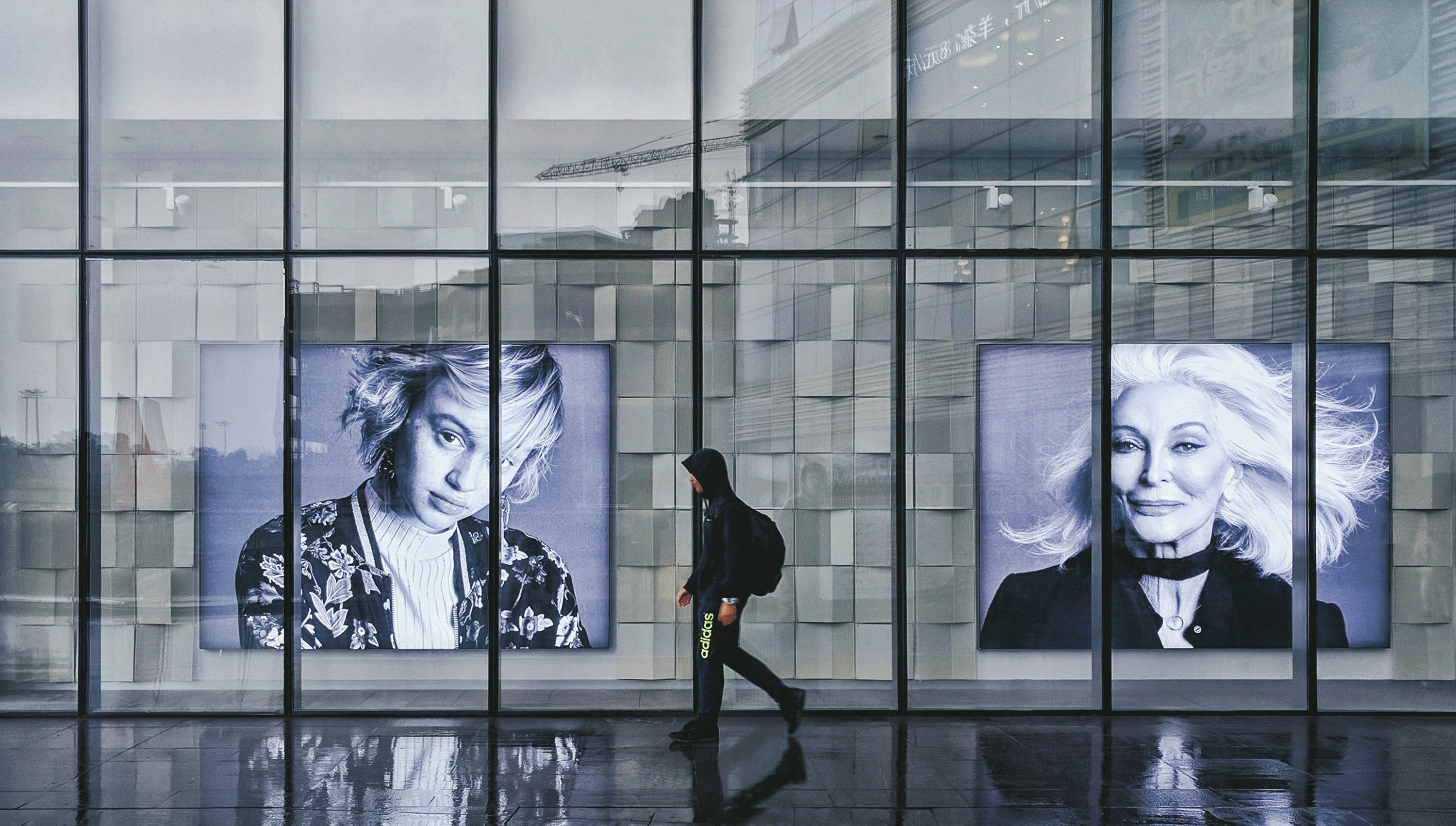
Photo montage: John Lewell, "Definitely Not Dimbola Lodge."

Photo montage: John Lewell, "Definitely Not Dimbola Lodge."
This new article/directory is all about looking at great photographic prints, the ones you can hang on the wall in the real world. It's a guide to galleries where you can see -- and possibly buy -- classic and contemporary photography: in Europe, the United States, Canada, Australia, Asia and elsewhere.
I guess it's the polar opposite of my previous article/directory, the guide to online sources of free, high-res photos with a Creative Commons Zero license. By contrast, some of the images you'll encounter in the dedicated museums and galleries listed below can be absurdly expensive.
Whether you're a collector or "just looking," you'll find much to enjoy on the sites I've listed -- and plenty more if you take the trouble to visit the galleries in person.
Chalk and Cheese
I'm aware that these galleries differ hugely from each other, despite all of them being mainly concerned with exhibiting works of fine art photography. Here are some of the categories into which they fall:
1. Major Institutions
These are the "must-visit" destinations if you happen to be traveling to cities where they're located. There are quite a lot of them, a fact which is very heartening to anyone who loves photography.
Examples in the USA include: The International Center of Photography in New York, the Annenberg Space for Photography in Los Angeles, and the Florida Museum of Photographic Arts in Tampa.
Over in London, the Photographers' Gallery has multiple concurrent exhibitions on several floors, along with print sales, multimedia displays and a good bookshop.
In Europe, La Maison Européenne de la Photographie ("The MEP") has the support of Paris City Hall and an ambitious program focused on contemporary photography. FOAM, of Amsterdam, operates internationally, as does Stockholm's Fotografiska which has a presence in both New York and London.
Elsewhere, the institutions tend to be smaller, although the Tokyo Photographic Art Museum (TOP) is definitely in the top league.
What can you expect to find at a major photographic gallery? The answer is: a substantial range of facilities, such as multiple galleries showing inspirational exhibitions, a decent bookstore and/or a research library, multimedia facilities, print sales, and -- last but not least -- a coffee shop or restaurant where you can chat with friends and recharge your batteries (literally or figuratively).
Large institutions have the advantage of being able to stage more than one exhibition at a time, thereby elimating the gap when the show needs to be changed.
2. Educational Non-Profits
Non-profit organizations in the photography field usually spring from activist movements in local communities. They start small and grow...and grow...until they get substantial funding to support their educational function. In addition to galleries they often have studios, lecture halls and lab facilities for the use of members.
Examples: the Photographic Resource Center, in Cambridge, MA; Lightwork, in Syracuse, NY; and the Center for Photography at Woodstock, NY.
3. Private Dealers
Photography owes a lot to private dealers who have made a market in photo prints by established artists. These dealers often struggle to maintain walk-in galleries in the best part of town, some of them moving out to the provinces or even further: into cyberspace. A few of those who have made the change are understandably reluctant to admit they no longer have a real-world gallery. In a couple of instances I've forgiven them and included an entry for their online gallery, usually on the understanding that they are "seeking new premises."
Examples: Prominent dealers with great galleries in their respective cities include Howard Greenberg, perhaps the most famous name in this sector. (I wish more dealers would follow his example in taking street photography seriously.) Likewise, London's Michael Hoppen Gallery acknowledges classic fashion photography as an art form with collectable value.
4. Personal Galleries
Most photographers find it quite a challenge to curate a personal website and put it online, but others go further: they find premises, print their images, frame, display and sell them from their own personal gallery.
Examples: Karen Cooper's gallery in Vancouver displays her magnificent landscapes; but Clyde Butcher has gone even further by opening no fewer than three galleries, exclusively selling his photos of Florida's Everglades and National Parks.
5. Print Stores
You'll normally find print stores attached to the larger institutions, but there are also independent stores which I've not listed because I'd rather not classify them as galleries. However, in this intro I shall mention Yellow Korner, the chain of photographic print stores ("gallery franchises") which spans the world. We're talking strictly home decor rather than collectability, but these stores certainly have great prints and maybe there's one near you.
All the Galleries
I'm always on the lookout for new photography galleries, especially those showing contemporary work. Hence, this list will change from time to time. I don't plan always to retain a listing for a gallery that closes its doors, even if it maintains a great archive online, as is the case with Gallery 916 in Tokyo which closed recently.
Please, before visiting any gallery in person, check its website to make sure of the opening hours. It will most likely (but not always) be closed on Mondays.

Photo by: Julian Herzog, Fotografiska, Stockholm, Sweden

Photo by: Karl Thomas Moore, International Center of Photography, New York City

Photo supplied by: pxhere.com